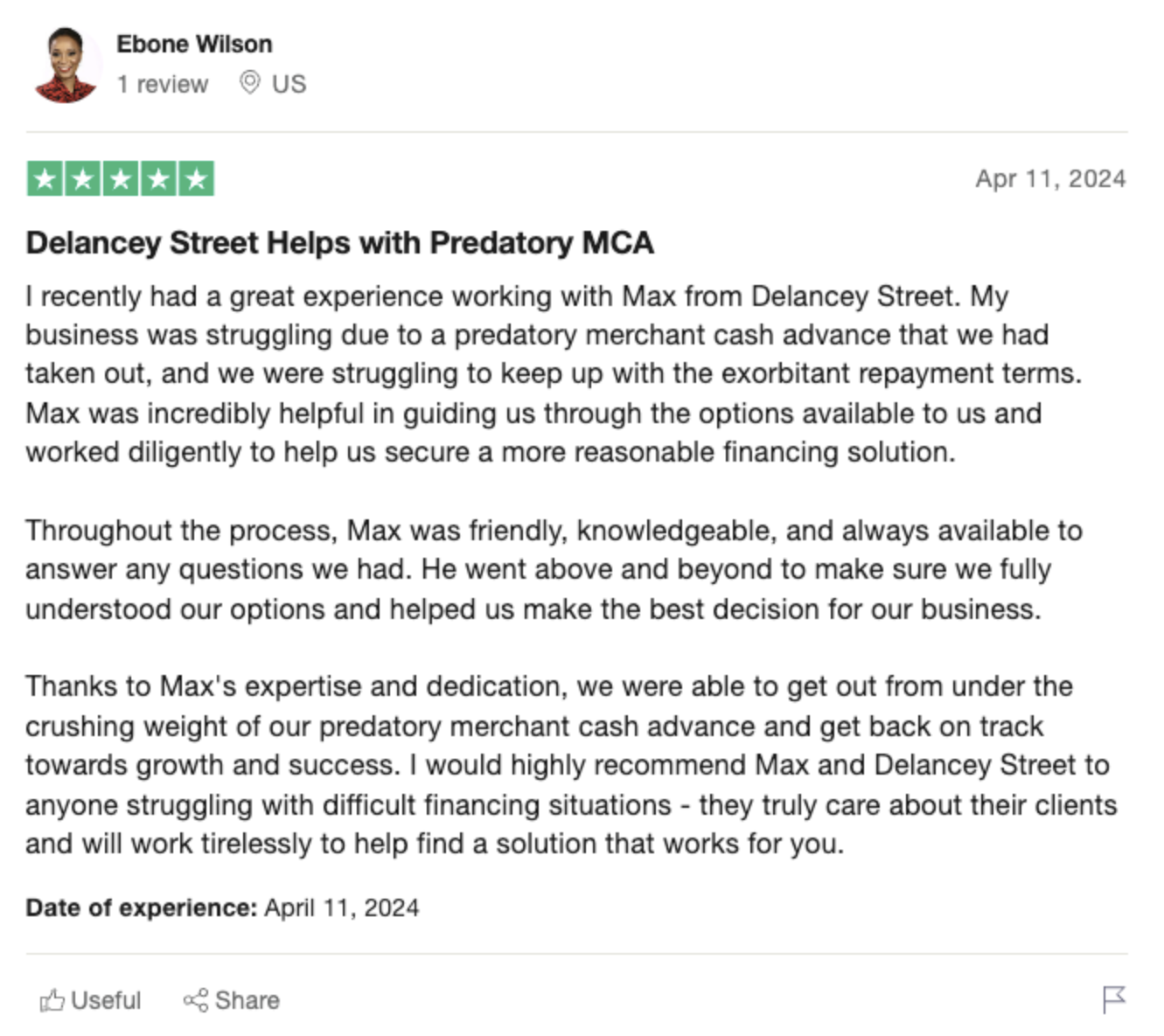How to Choose the Right Debt Relief Program for Your Business
Dealing with business debt can be incredibly stressful. If your business has accumulated more debt than it can reasonably handle, you may be wondering if a debt relief program is the right solution. With so many options out there, how do you even begin to choose?
This guide will walk you through the key factors to consider when evaluating debt relief programs for your business. We’ll cover the different types of programs, costs and fees, eligibility requirements, and tips for finding a reputable provider. By the end, you’ll have a better understanding of your options so you can make an informed decision.
 -
-Assess Your Current Debt Situation
Before exploring debt relief programs, take stock of your current situation. This includes:
- Total debt amount – Add up what you owe to various creditors and loans. This gives you an idea of the full scope.
- Interest rates – What is the APR on your various debts? Higher interest accounts may be more urgent to address.
- Monthly payments – Calculate the total you pay out each month to creditors. This shows your current debt burden.
- Credit score – Check your business credit score. A lower score makes financing more expensive.
Once you understand the full landscape, you can determine if a debt relief program makes sense or if other options like balance transfers, loans, or restructuring may better suit your needs.
Understand the Types of Business Debt Relief Programs
There are a few main types of debt relief programs available:
Debt Management Plans (DMPs)
Debt management plans allow you to consolidate multiple debts into one monthly payment. The provider negotiates lower interest rates and monthly payments with creditors. They distribute payments to creditors each month [1].
 -
-DMPs work best for businesses with good credit who need help organizing payments. Interest rates usually drop to 6-8%. FICO score impact varies by provider. Fees are around $50 per month [2].
Debt Settlement
Debt settlement involves negotiating directly with creditors to pay a “lump sum” that is less than what you owe. The provider sets aside monthly payments in a secured account to fund the eventual settlement [3].
This saves quite a bit over paying full balances. However, your credit score will drop and creditors may take legal action before settling. There are also hefty fees averaging 15-25% of enrolled debt [4].
Bankruptcy
As a last resort, businesses can declare Chapter 7 or Chapter 11 bankruptcy. This involves liquidating assets to pay creditors and wiping out remaining debts. Lenders lose money in the process.
Bankruptcy severely damages credit for several years. The business may not survive. Legal fees also run $1500 or more [5]. However, it erases unsecured debts banks won’t negotiate on.
 -
-Compare Program Fees and Fine Print
Reputable debt relief companies charge reasonable fees for their services. Here are some red flags to watch out for:
- Fees exceeding 15-25% of total enrolled debt
- Upfront fees before settling any debts
- Vague language about actual services provided
The Federal Trade Commission provides guidelines to protect consumers from excessive fees. States also regulate debt settlement companies.
When comparing programs, get full details on their fees, savings estimates, and process. Ask questions like:
 -
-- How is the monthly payment amount calculated?
- What is your fee structure – when are fees collected?
- Will interest rates drop right away or after settlements occur?
- Over what period will you make settlements?
- Can you remove me from the program at any time without penalty?
Thoroughly vetting fees ensures the program doesn’t take advantage of your financial hardship. Debt relief should save money, not drain it.
Check Provider Reputation and Certification
With any major financial decision, you want to work with a reputable provider. Check out reviews and complaints with organizations like:
- Better Business Bureau (BBB) – BBB Business Profiles show ratings from A+ to F based on customer reviews and complaints. Avoid any company with a rating below B.
- Consumer Financial Protection Bureau (CFPB) – The CFPB Complaint Database lets you search complaints against financial companies. More complaints signal potential problems.
- American Fair Credit Council (AFCC) – Members of the AFCC adhere to ethical standards and industry best practices in the debt settlement field. AFCC certification indicates trustworthiness.
- International Association of Professional Debt Arbitrators (IAPDA) – The IAPDA offers certification programs for credit counselors and debt consultants. Certified members must follow the organization’s codes of conduct.
Checking for accreditation and complaints paints a fuller picture of potential partners. It also shows which providers to avoid.
Understand How Different Programs Affect Your Credit
A major consideration with any debt relief program is the impact on your business credit reports and scores. Here is how different options generally affect credit:
- Debt management plans – DMPs have a relatively small negative impact or none at all if payments remain on time. Interest rate reductions also help credit scores over time.
- Debt settlement – Since the goal is settling debt for less than owed, your scores will drop significantly. You stop making full payments. Accounts may go into delinquency or default before settling.
- Bankruptcy – Filing for bankruptcy devastates credit scores immediately. Public records list the bankruptcy making it hard to obtain financing. This drag on scores can linger for years.
Talk to debt relief providers about how they handle credit bureau reporting. Some wait to start negotiations until after bringing current any delinquent accounts. This helps minimize score damage from the program.
Also request written estimates of how much your credit could be impacted. Understanding credit implications lets you weigh if the savings outweigh the credit damage.
Seek Tax Advice About Cancelled Debts
One last consideration with debt relief programs is the tax implications. In most cases, forgiven or cancelled debt through a program gets treated as taxable income.
So while settling a business account for $5,000 less than owed saves money, you then owe income tax on that $5,000. This reduces net savings, especially if you jump into a higher tax bracket.
Consult a tax professional to estimate tax liability on potential cancelled debts. Some general exceptions that avoid taxes on cancelled business debts include [6]:
- Debts discharged through Chapter 7 or Chapter 11 bankruptcy
- Forgiven debts that would have generated ordinary business deductions (business credit card debt used for operating expenses)
- Debts cancelled when you are insolvent (liabilities exceed assets)
- Certain farm debts
- Real property business debts (like mortgages) eligible for qualified principal residence exclusion
Understanding if and how much tax you’ll owe on cancelled debt helps accurately compare net savings across programs.
Act Sooner Rather Than Later
If you determine a debt relief program aligns with your business goals, enroll sooner rather than later. The further behind you fall on payments, the fewer options lenders give and the deeper the damage to your credit.
As soon as you realize your debt load is unmanageable, speak to a credit counselor or debt consultant. Being proactive preserves more options like debt management plans and settlement before circumstances deteriorate.
Speak to a Professional to Evaluate Your Situation
While this guide summarizes the major factors in choosing a debt relief program, every business faces unique challenges. The best way to identify your best path forward is to speak with a credit counseling professional.
Non-profit credit counseling agencies provide initial consultations for free. They can review your financial statements, discuss options, and even set you up with a debt management program if appropriate.
For advice tailored to your business, set up a consultation with a financial advisor or debt relief expert. Look for professionals who offer free initial calls before committing to engage their services.
Ask questions about your specific debt situation to determine if a debt relief program suits your needs. If so, they can provide recommendations on reputable providers. If not, they can offer alternatives to resolve your debt burden.
With professional guidance and the criteria above for comparing providers, you can confidently choose a debt relief program to help your business regain solid financial footing. Don’t struggle alone – help is available to get your finances back on track.
Resources
For further reading on business debt relief options, check out the following:







